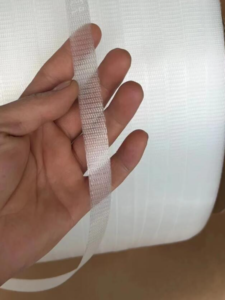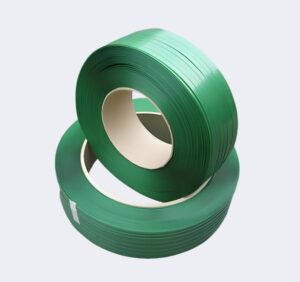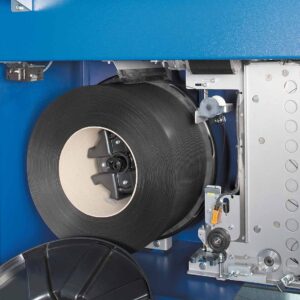Plastic strapping is a type of material used to secure and bundle items for transportation or storage. It is made from durable plastic materials such as polypropylene (PP) or polyester (PET). Plastic strapping is widely used in industries like manufacturing, shipping, and logistics due to its versatility, cost-effectiveness, and ease of use.
Key Types of Plastic Strapping:

1.Polypropylene (PP) Strapping:
- Lightweight and economical: Best for light to medium-duty applications.
- Flexibility: It stretches more than polyester, making it suitable for less rigid loads.
- Common Uses: Securing boxes, lightweight pallets, and general packaging.

- Stronger and more durable than polypropylene, making it ideal for heavy-duty applications.
- Tension Retention: PET maintains its tension over time, securing loads effectively during transportation.
- Common Uses: Bundling heavy materials like bricks, lumber, metal, and industrial products.
Benefits of Plastic Strapping:
- Corrosion-resistant: Unlike steel strapping, plastic strapping doesn’t rust, making it ideal for outdoor use.
- Cost-effective: Plastic strapping is lighter and generally more affordable than metal alternatives.
- Safe to use: It’s easier to handle than steel strapping and reduces the risk of injuries like cuts.
- Recyclable: Some plastic strapping, particularly PET, is recyclable, contributing to eco-friendly packaging solutions.
Applications:
Plastic strapping is commonly used for securing products on pallets, bundling materials for shipping, unitizing items, and stabilizing loads during transportation. It is favored in industries such as logistics, construction, retail, and agriculture due to its strength, flexibility, and efficiency.

